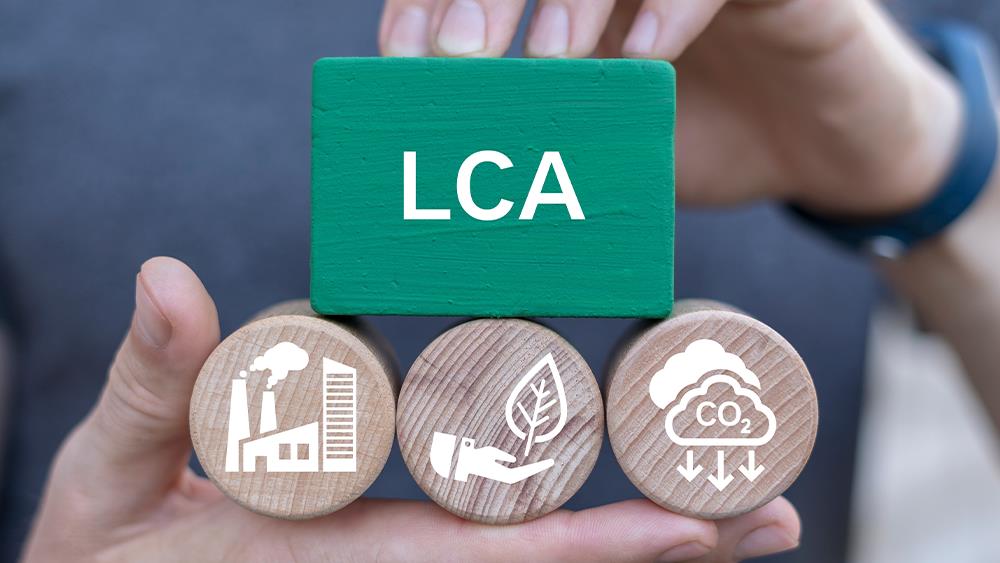

Marley breaks down the different types of EPDs and how they can be used to offer greater environmental reassurance for building projects.
The construction industry has been dialling up its approach to sustainability in recent years, as specifiers seek sustainable solutions to meet today’s low carbon construction challenges.
The ability to consider product merits, based on whole life cycle environmental credentials that have been rigorously and independently verified, offers added value for the construction specification sector, and environmental product declarations (EPDs) are transforming this process.
What is an EPD?
An EPD is a transparent method to assess the environmental properties of an individual construction product or groups of products. Specifiers can use EPDs to compare product credentials and make the best long-term sustainable choices. For example, EPDs can help specifiers to:
The different types of EPD
Standards: self-certified and third-party verification
The International Standardisation Organisation (ISO) oversees the standards that govern the creation of EPDs, with additional standards on how to perform the underlying construction product lifecycle assessment (LCA) issued by the European Committee for Standardisation.
The final EPD is issued by an independent programme operator, which follows a set of product category rules (PCRs), ensuring the products under review are assessed in a consistent and unbiased manner.
Products can follow a self-certified or third-party verification route, in line with the two of the most important ISO standards.
All programme operators will ensure the carbon footprint assessment is followed in a consistent and transparent manner and according to ISO standards.
Understanding the full LCA of a building or different construction products within it, enables those working in the construction industry to make better material selections as they seek to reduce the environmental impact of a completed project.
Access to an EPD can be an important part of this decision-making process, as well as providing acknowledged evidence for credits under rating schemes, such as BREEAM and LEED.
Stuart Nicholson, Director of Roof Systems for Marley, explained: “It’s clear the growth of EPD availability across the construction industry will help the construction industry make better, more environmentally informed product selections.
“Building responsibly, so the sector can construct a more sustainable future, depends on easy access to third-party verified and transparent evidence sources, such as EPDs, so data-backed decisions can be made.
“And that’s why Marley focused on becoming the first roof systems manufacturer in the UK to offer Environmental Product Declarations across our entire solar, concrete and clay tile product ranges. This offers tangible and fact-based assurance to the industry when reviewing critical product selections for roofing construction projects.”